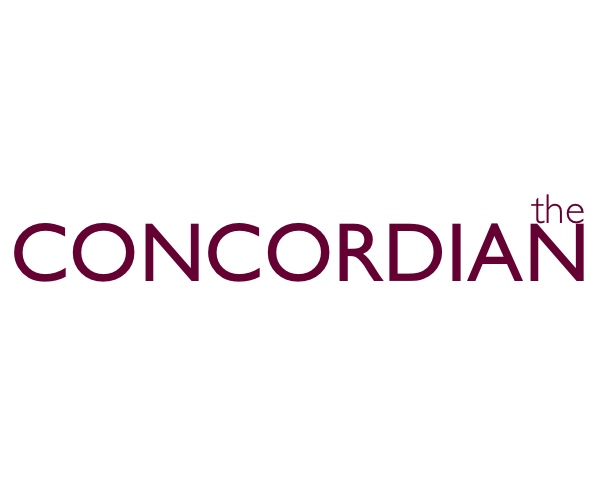Whenever you take a look at West Acres, you realize Fargo has a lot of work to do if it wants to improve its image. West Acres and surrounding businesses demonstrate sprawl at its worst: buildings are scattered around a large chunk of property seemingly without planning, blocks are awfully long, preventing pedestrians from walking to different shops, and trees are scarce. West Acres is, quite simply, nasty.
Rest assured, mall and city lovers: The City of Fargo has commissioned a 2030 Comprehensive Plan. The plan will be the result of several years of discussion about what Fargo has to do to become a hotspot or destination city—driving economic growth while continuing to be an attractive and enjoyable place to live.
For approximately one year, when the plan was being formed, the City of Fargo hosted several public meetings and invited city planners and professors to speak about the benefits of urbanization. The city also hosted a website that allowed anyone to submit, in bulletin board style, the ideas they thought were most important for the city to consider. The MindMixer 2030 website became an essential component when the city weighed what was most important for the plan.
Among the many public submissions on the MindMixer website were suggestions to improve the city’s existing bus system, or perhaps add a light rail. Many residents suggested making Fargo more recreational, by adding trails along the river and designated bike lanes on city streets. Quite a few residents voiced concerns about the flood, and suggested that permanent protection (the diversion) is needed. And there were a ton of submissions about making Fargo—and places like West Acres—a little easier on the eyes by promoting infill instead of sprawl, with smaller blocks and more public space.
The public review draft of the plan was released last spring (and available at Fargo city libraries and online) and features weighted ranks of the most important findings. Ranked number one is permanent flood protection. Following after that are improvements to public transit and creating public art—things that make the city more livable, sustainable, and all-around a better place in which to reside.
Infill is justly near the top of the list, and it is exactly what is missing at West Acres. Infill is pretty much what it sounds like: fill in spaces, make them more dense, and as a result, more livable.
The plan is excellent for the city of Fargo (and surrounding communities) because it encourages local residents to be thinking about the place they live in, challenging ways previously unchallenged because that’s the way it has always been.
In Fargo, that means bringing people outside, encouraging them to live more densely.
Usually when we think of dense living it brings negative thoughts, especially to people who’ve grown up in this area marked by farms and small communities. But dense living makes a city. It brings people outside and able to enjoy activities together.
Think about any major city you’ve been to. What stands out as your favorite part of the city? For many people, it is the public space, be it Central Park or Times Square in New York or Millennium Park in Chicago. People love to take pictures by “The Bean” or to ice skate and public spaces allow people to do these activities together.
The City of Fargo’s Comprehensive Plan features many excellent suggestions for the future of the city, a city that might just become a destination by 2030.

